
Jack Cullen: “Sometimes the best inspiration comes when you don’t overthink it.”
British/Irish singer-songwriter on melody before words, the art of creative distance, and why the best songs emerge after the moment
Jack Cullen writes songs that feel lived-in. A former professional rugby player turned musician, he brings the discipline and endurance of sport into music that values reflection over immediacy. His new EP Everything, released via RCA Records, gathers seven songs written in a rare pause from the road.
Built around acoustic textures and measured optimism, it expands on the heartfelt simplicity of singles All I Need and Hypocrite. Cullen, who recently cycled more than 650 miles from Glastonbury to Edinburgh, often draws inspiration from travel and the natural world, using field recordings to enrich his compositions.
Across the EP, he captures the quiet gratitude of time spent with family and friends, translating movement, distance, and recovery into melodies that sound both grounded and quietly expansive. In this feature, he reflects on the techniques and habits that help him turn his experiences into lasting songs.
More articles on inspiration and getting going
1. LIVE FIRST, WRITE LATER
I don’t think about writing when I’m “in the moment.” Like when I was running 12 marathons in 12 days, or cycling over 600 miles to Glastonbury festival. Instead, I try to soak it all in, and really be present in whatever’s happening. That way, I’m not distracted by trying to capture it in words straight away.
Later, back in the studio, I use different techniques to revisit those experiences. It’s hard to actually sit with the music and piece together songs whilst you’re out on the road, or in the middle of something intense. For me, the writing starts when I have the space to reflect. Sometimes that reflection takes a while because the inspiration from a big challenge might not find its way into a song until months later. But when it does, it’s often richer for the distance. It’s in looking back at those times that the inspiration really comes, because you see the story more clearly.
2. USE VISUALS AS A MUSE
We muted the video from 12 (the marathon project) and just had it looping in the studio as a kind of mood board. That way, the atmosphere of those runs seeped into the writing without needing to be spelled out. It wasn’t about describing running or endurance; it was about letting the feeling of it sit in the room with us.
I use visuals a lot like that. Photos, videos, or even colours associated with an experience can be creative springboards. They remind you of how something felt without forcing you to write literally about it. Sometimes the best inspiration comes when you don’t overthink it. You just surround yourself with triggers and see what ideas arrive naturally.
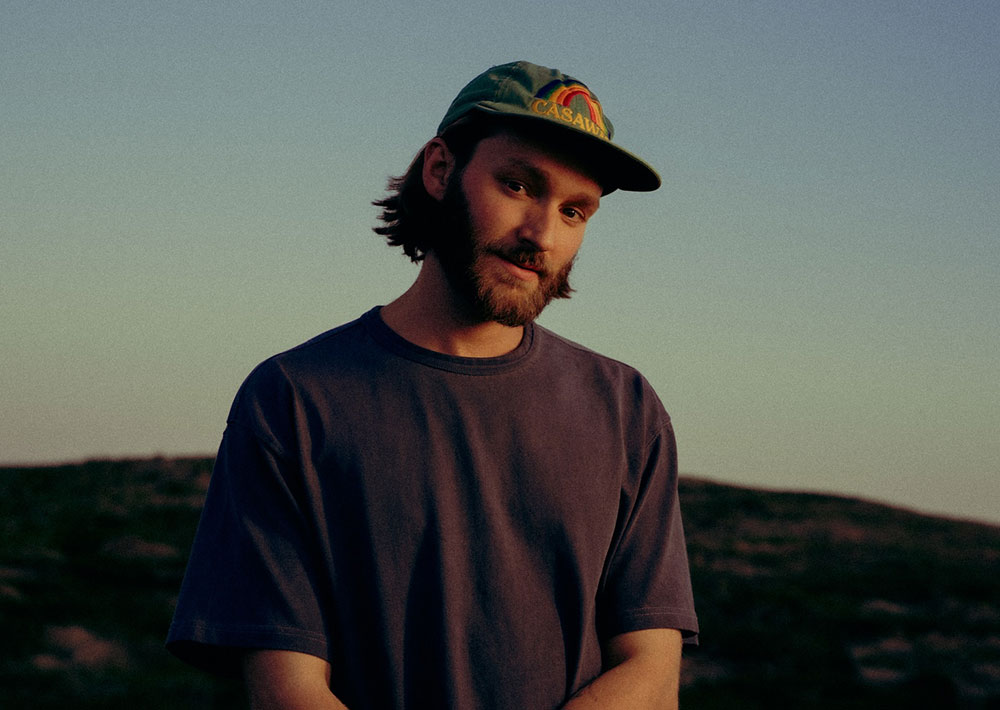
Jack Cullen: “The melody is like the mood board of the song. It sets the tone and the colour before the words arrive.”
3. I MOSTLY START WITH MELODY
I think usually I’m inspired by melody and the feeling the music is giving me. Once the melody feels right, I draw from my life to find the stories and emotions that fit. The lyrics (usually!) follow quite naturally once I know what the song is trying to say.
For me, the melody is like the mood board of the song. It sets the tone and the colour before the words arrive. Sometimes a melody can feel uplifting and expansive, other times it might feel fragile or reflective, and that changes the whole direction of the writing. I’ve learned to trust that process, because whenever I try to force lyrics too soon, they don’t feel honest.
4. SHAKE UP THE TOOLS
To avoid falling into familiar patterns, I sometimes deliberately set aside the guitar. I’ll say, today I am not touching the guitar. I’ll use a weird synth, or an organ, or just something unexpected, and create a world that way.
Experimenting with different instruments forces fresh approaches and prevents songs from becoming predictable. A new sound often leads to new ideas and you react differently, you phrase differently, and you write in a way you wouldn’t if you were just playing the same chords that you always go to. It’s not about abandoning the guitar forever; it’s about testing myself, stepping out of my comfort zone, and seeing what else is possible.
5. COLLABORATE IN SAFE SPACES
I have long-term writers that I always work with: Jamie Clarke, Carey Willetts, and Tobie Tripp. They know me, I know them, and it’s a very comfortable space. They draw the best out of me. That trust and familiarity in co-writing sessions is so valuable.
With people you know well, you don’t waste time explaining yourself. You can just get straight to the heart of the song. There’s no judgment, no fear of saying the wrong thing. It’s not about playing it safe; it’s about creating a space where ideas can really flow. For some people, writing with a new collaborator every time pushes them in different ways. For me, I’ve found that consistency helps us go deeper. The more we write together, the more fearless we become.
6. FINDING INSPIRATION
In the end, inspiration can come from anywhere: long runs, festivals, quiet moments, people you love, or even just a strange new instrument. What matters is staying open to it, not trying to control it too much.
Songwriting, for me, isn’t about forcing a song into existence. It’s about collecting sparks, holding onto experiences, and then knowing when to sit still long enough to let them turn into something.
Jack Cullen’s new EP Everything is out now via RCA. Find out more from jack-cullen.com
More articles on inspiration and getting going

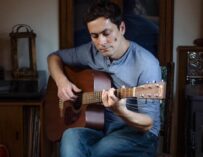
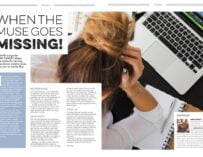
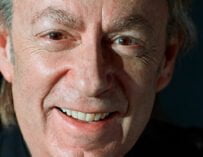
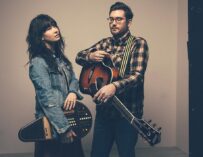


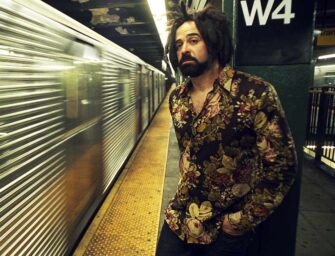
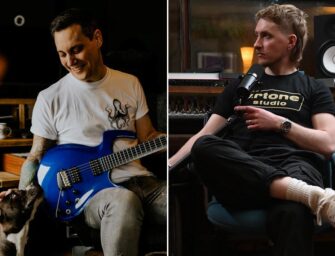
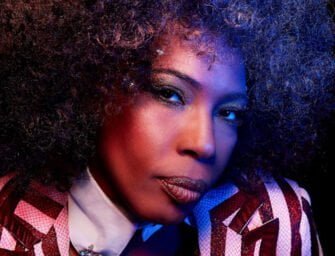



















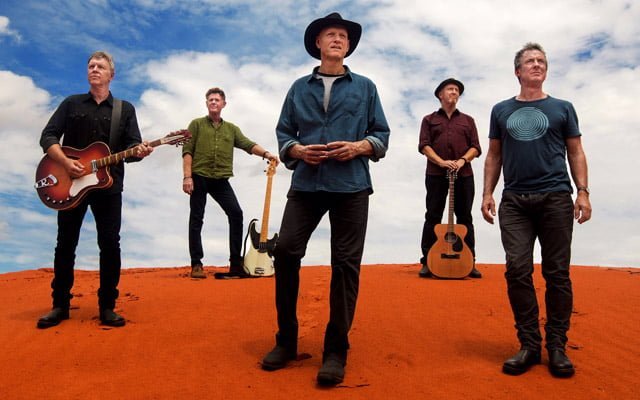






Related Articles